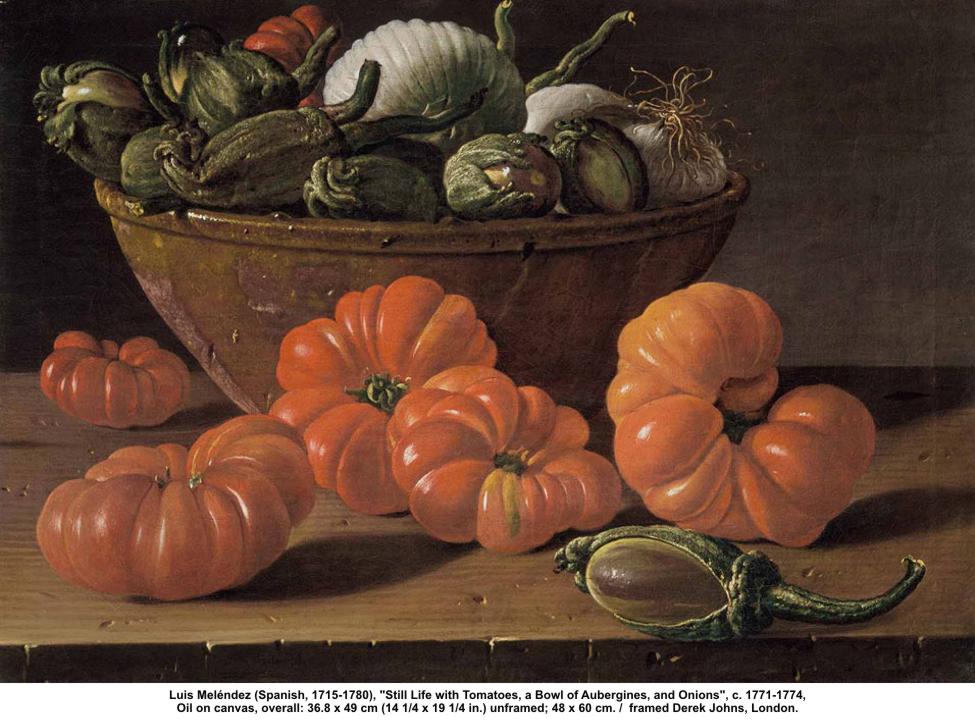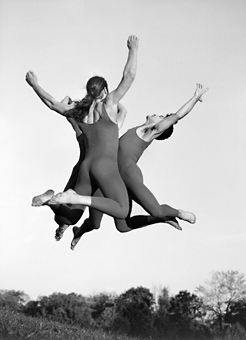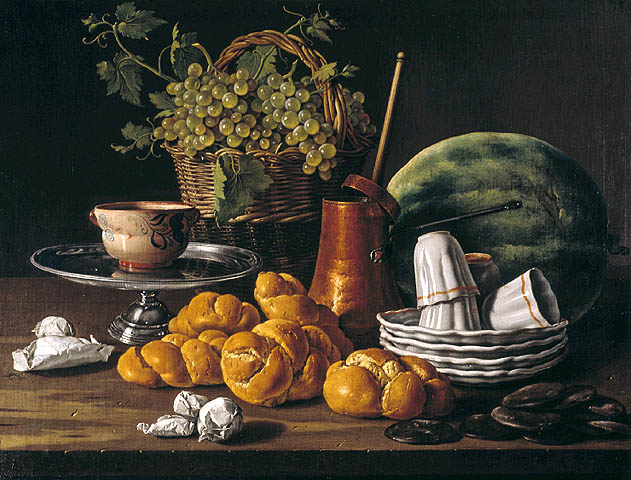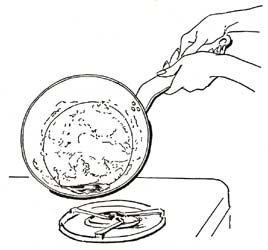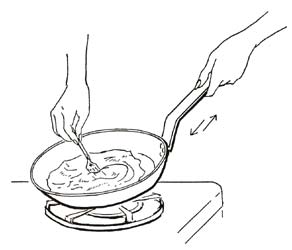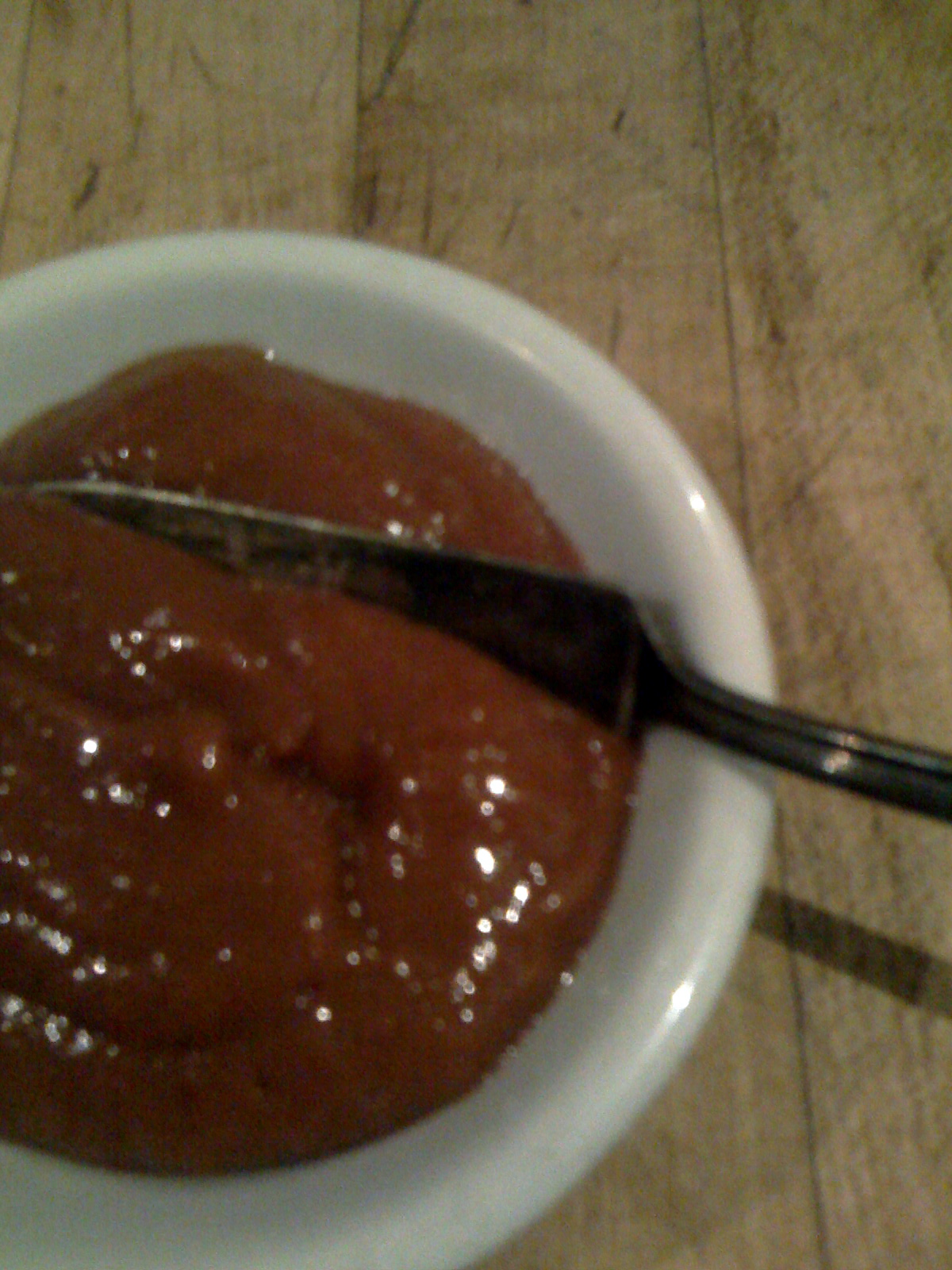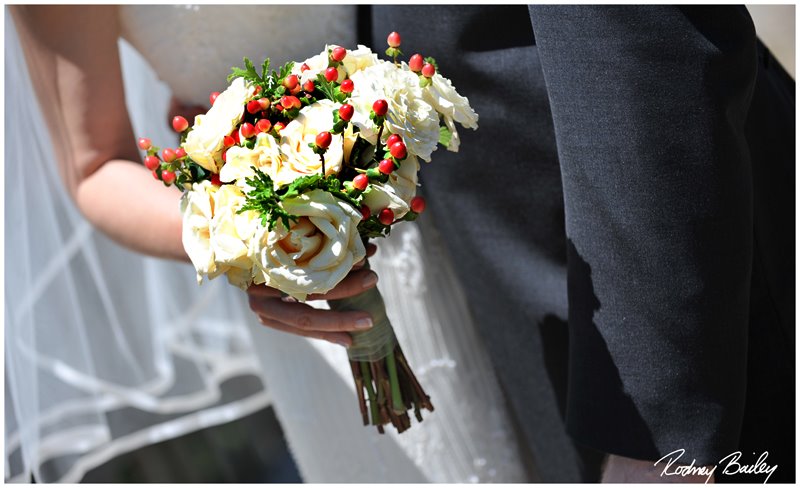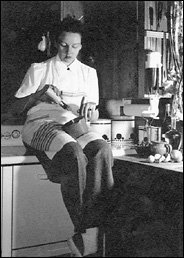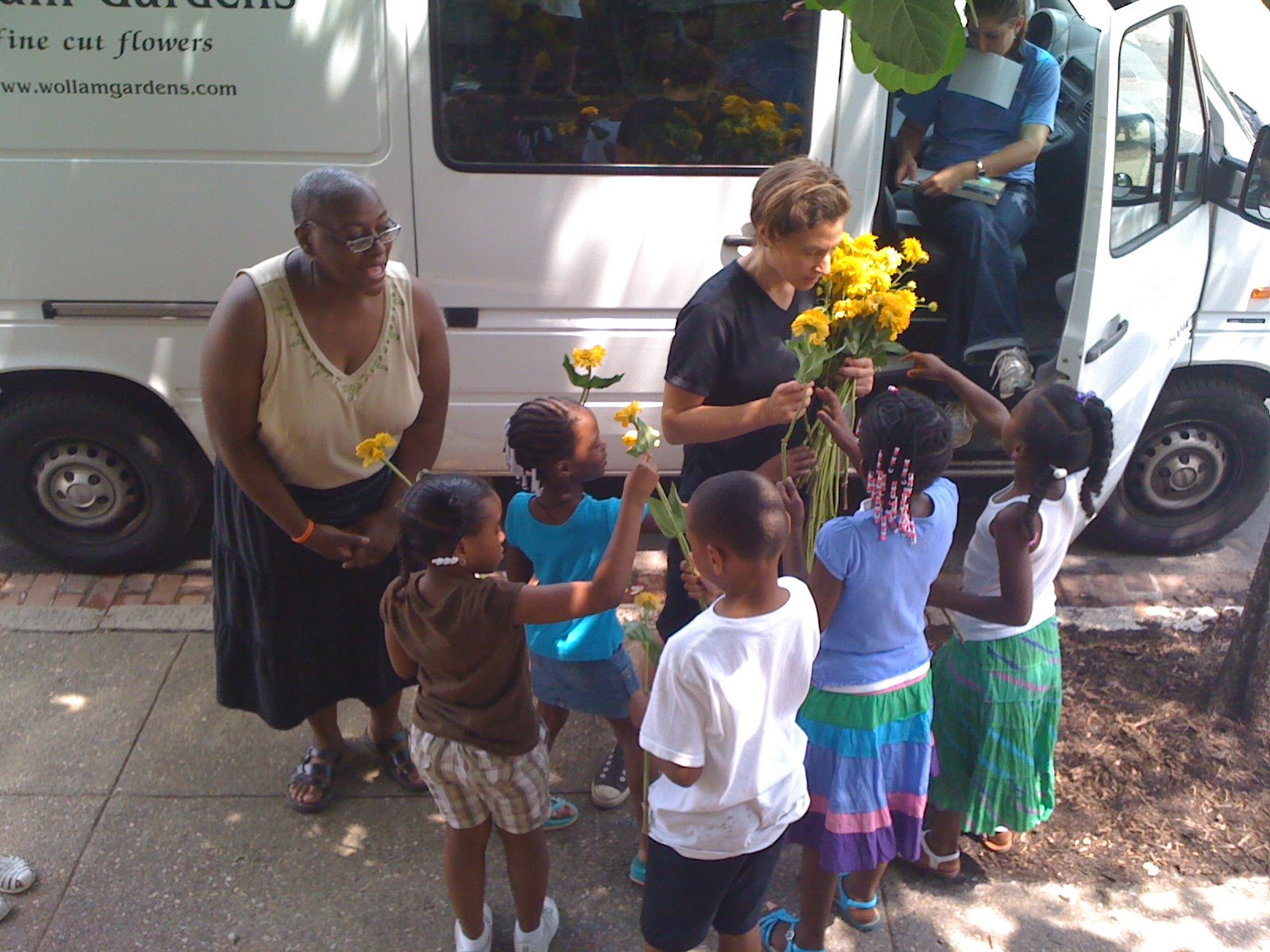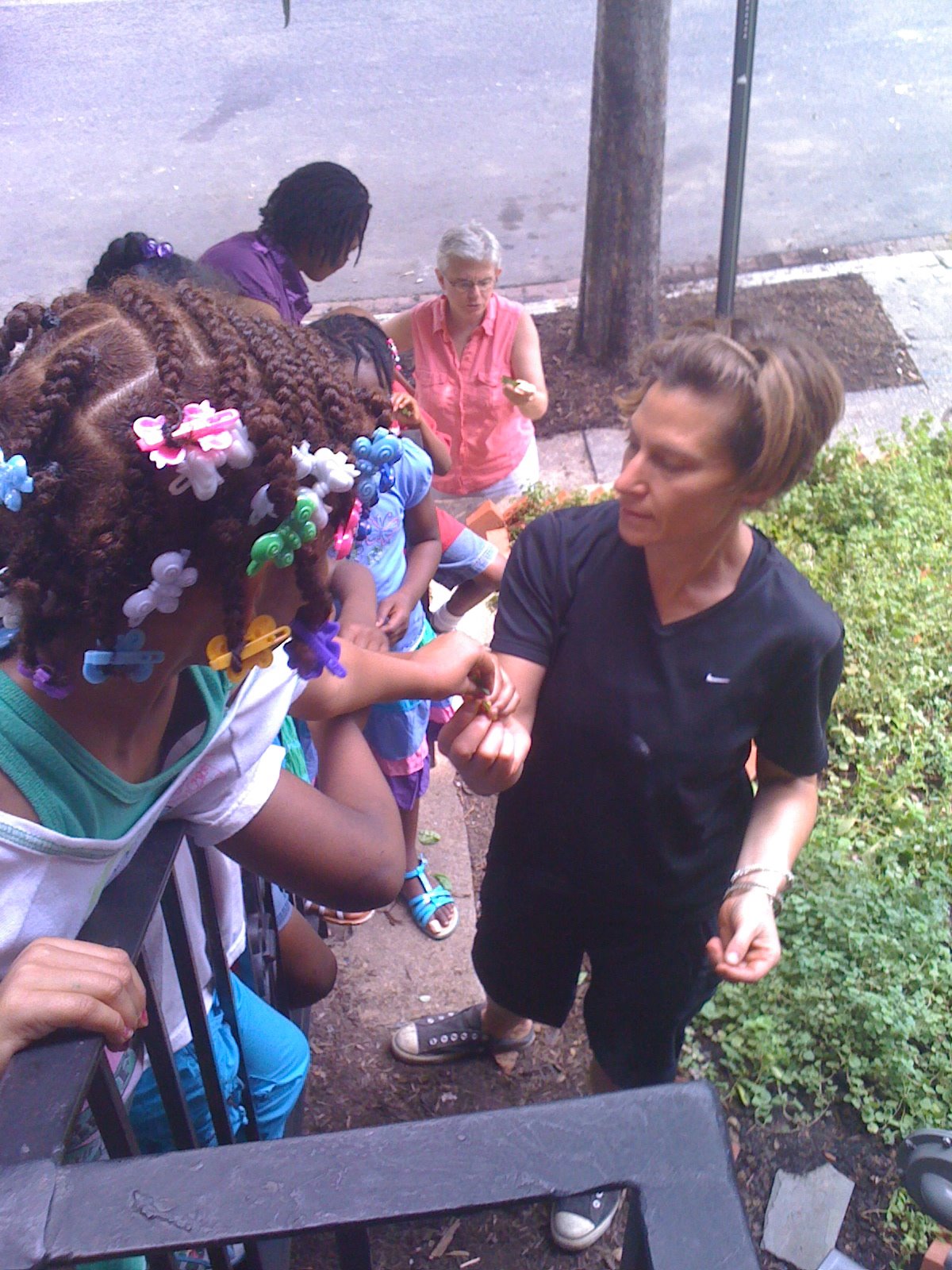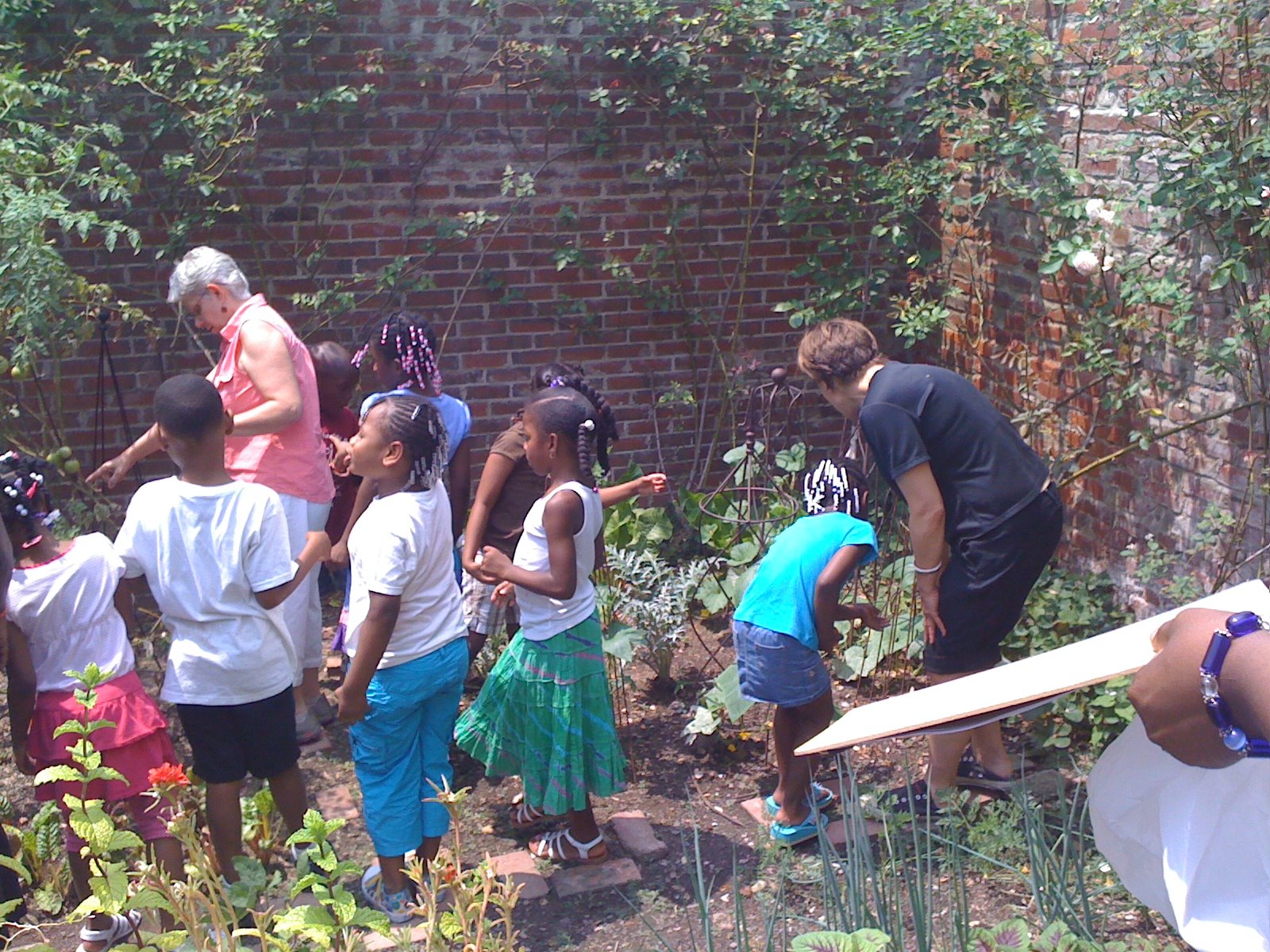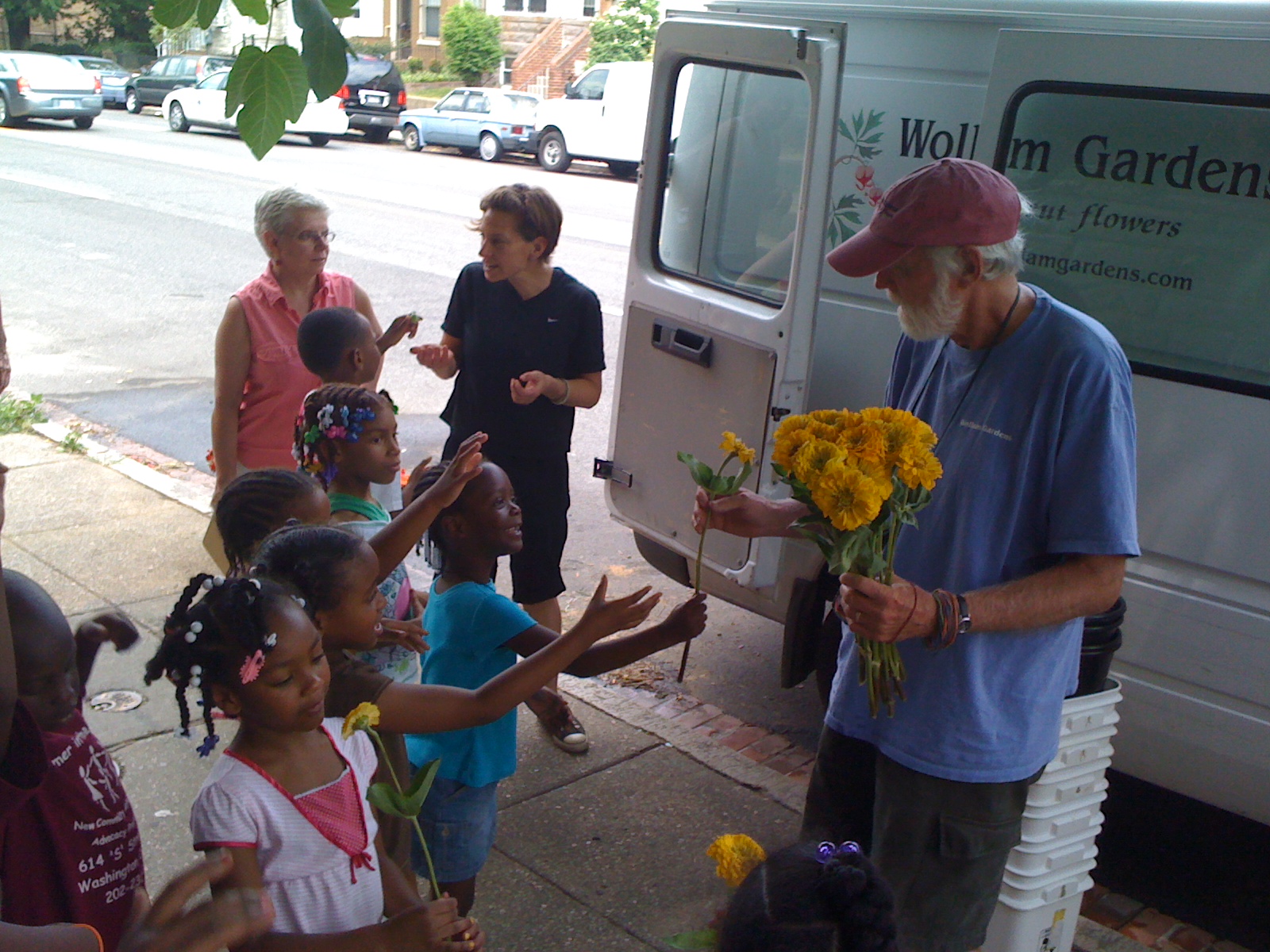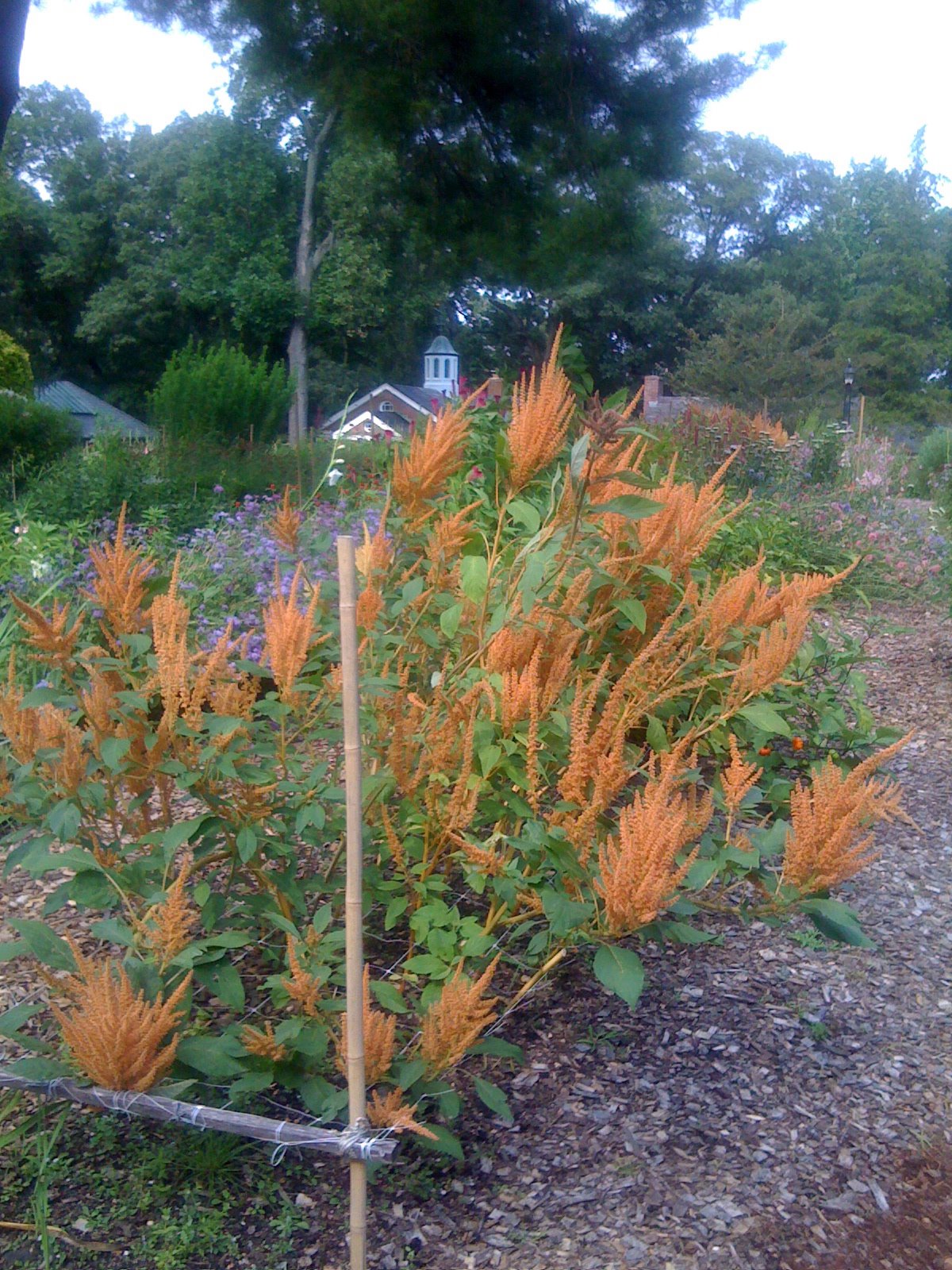
The importance of fresh flowers in the home...
I am enjoying growing food in my garden, in clients gardens and all over my neighborhood but I also enjoy my flowers...all of which I cut and use. About half of my growing space is dedicated to cut flowers. It would be extreme to change over all flower beds into vegetable beds even if I was not using the flowers from my garden for work. A flower and food garden complement each other in so many ways.
I have been thinking a lot about this since visiting Hillwood Mansion yesterday. In many ways the house was not appealing. You can tell it was designed it to function as a museum, not a pleasant place to live. However to work there must have been a Joy. The Kitchen occupied more square footage than her bedrooms. the equipment and fixtures for the kitchen or Huge greenhouse for that matter were far more advanced than in Mrs. Post's Bathroom... All this brings me to the cutting garden which to this day thrives far better than any gardens we see at any museum in DC... This Garden ranks up there with Dumbarton if only because of its functionality. On our recent visit there were beautiful flowers clearly home grown and elegantly arranged throughout the house. The Greenhouse houses hundreds of orchids, other plants and many types of moss that are in constant rotation... A fabulous Place to work as a chef or a florist, not as fabulous to be a resident.
I have planted many edible gardens this year. I am thinking, that for anyone who has room, a flower cutting garden is the perfect companion to the vegeatable garden.


